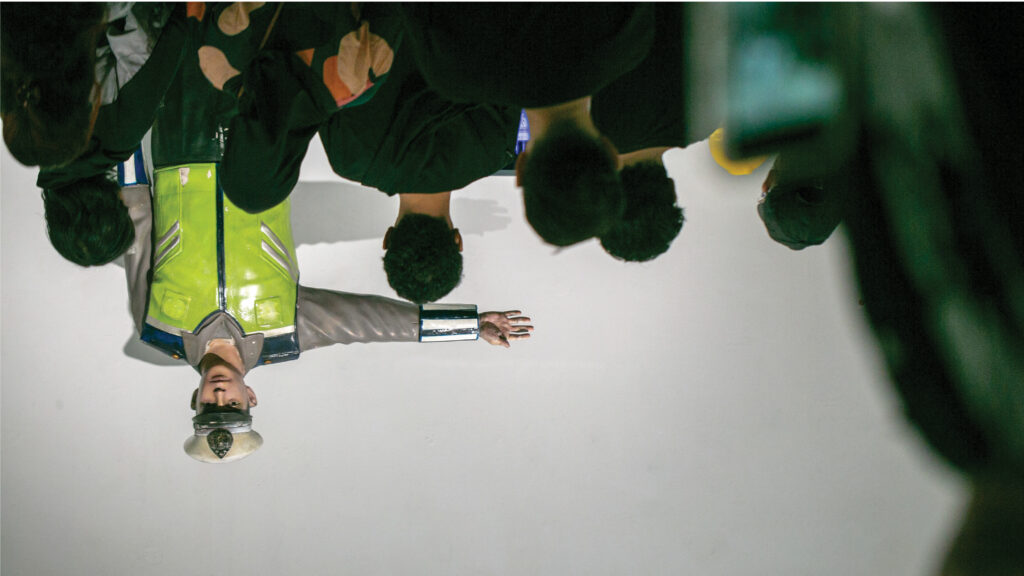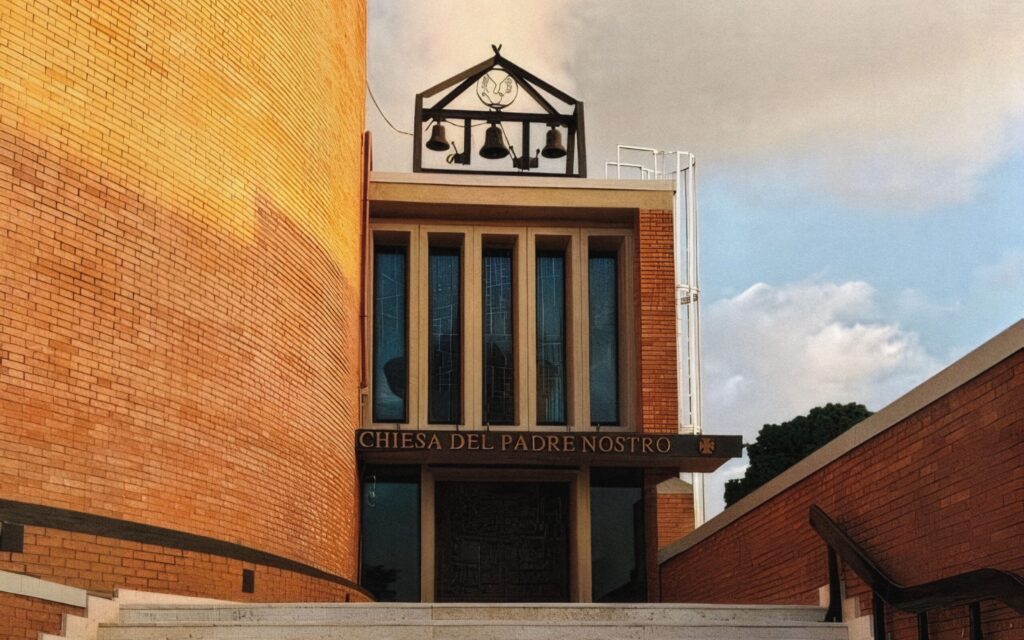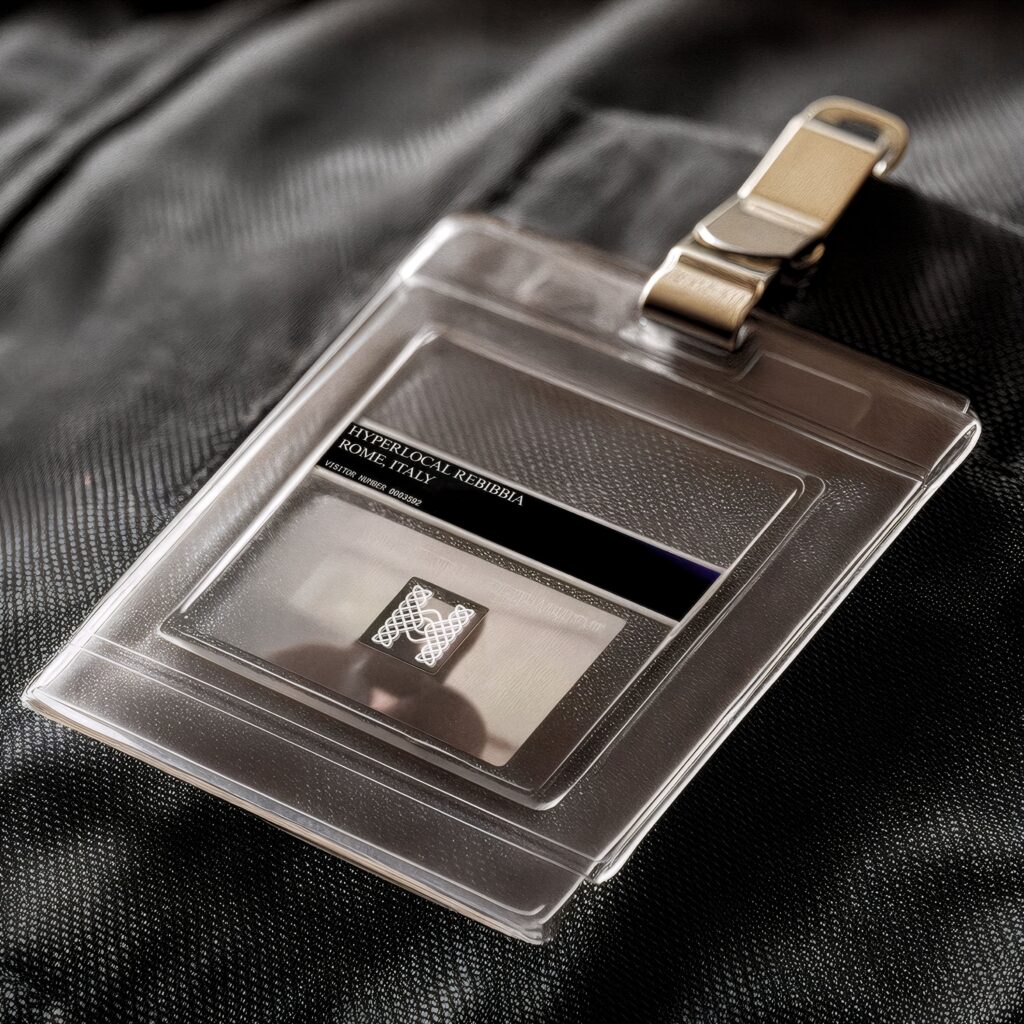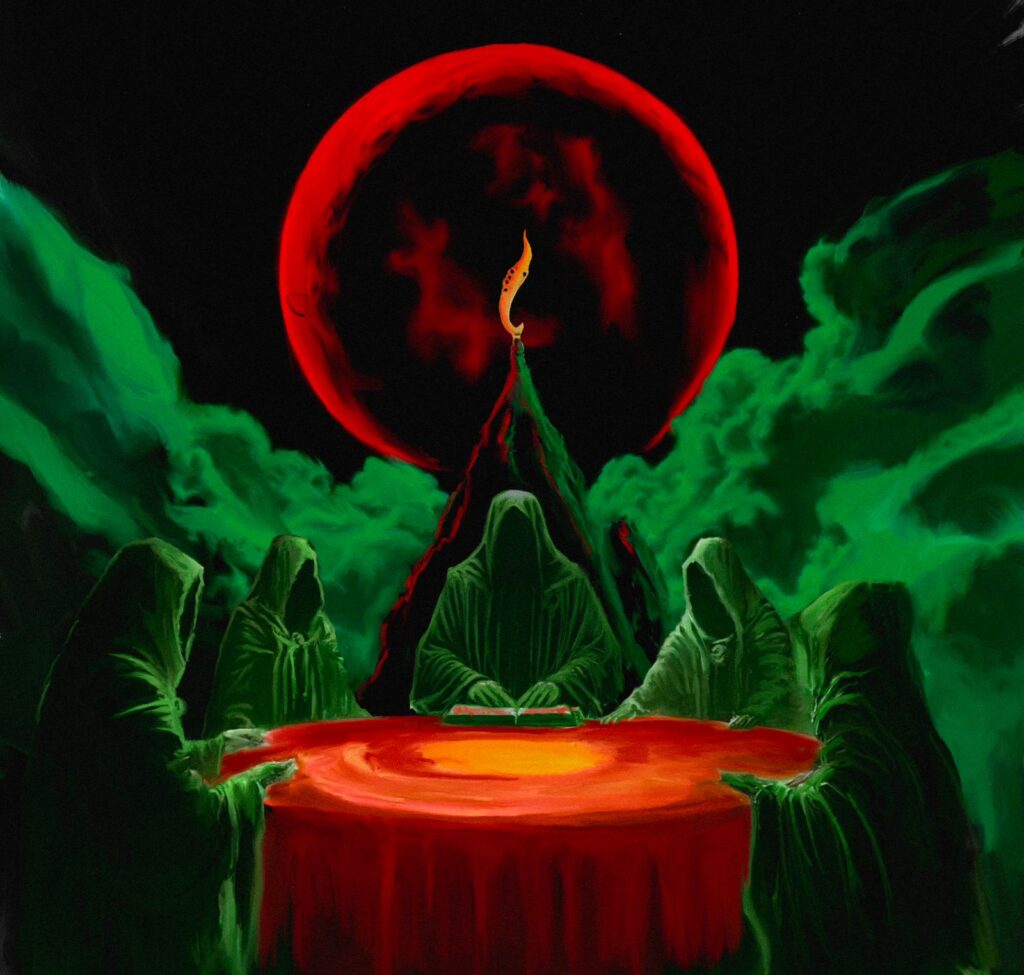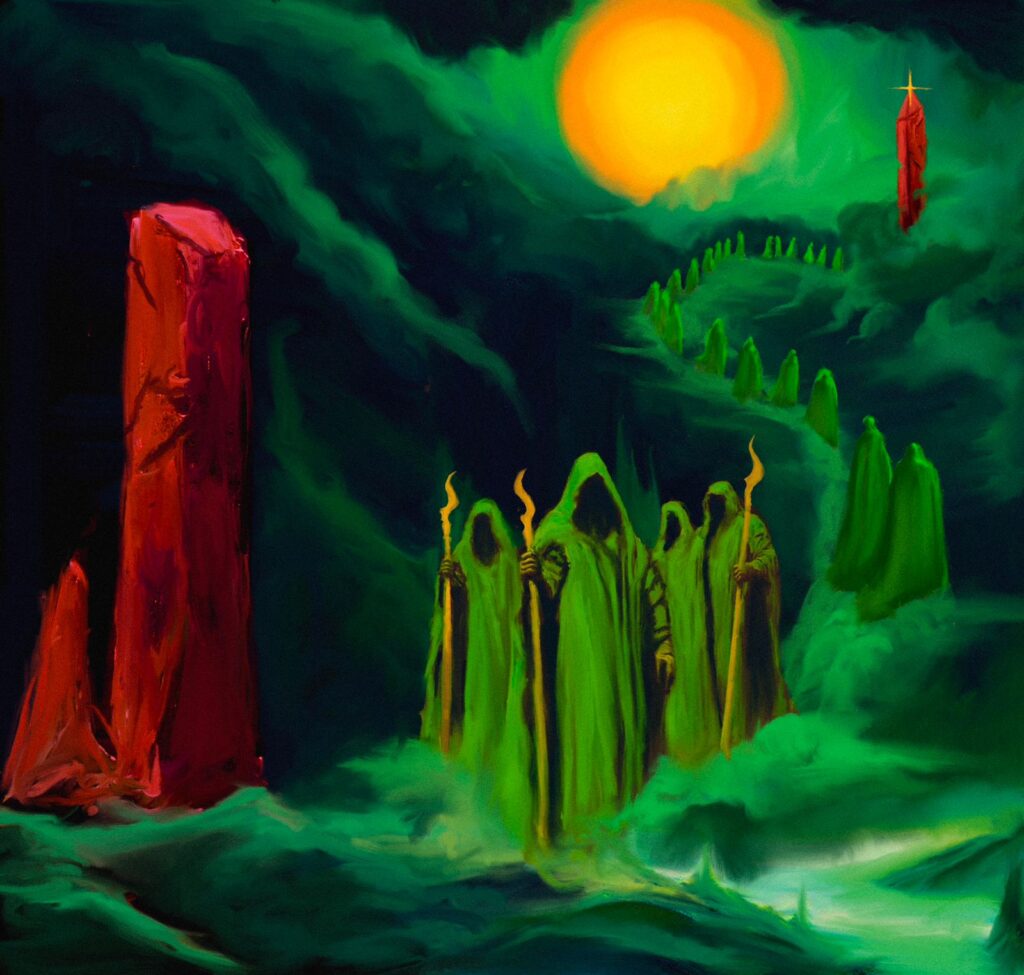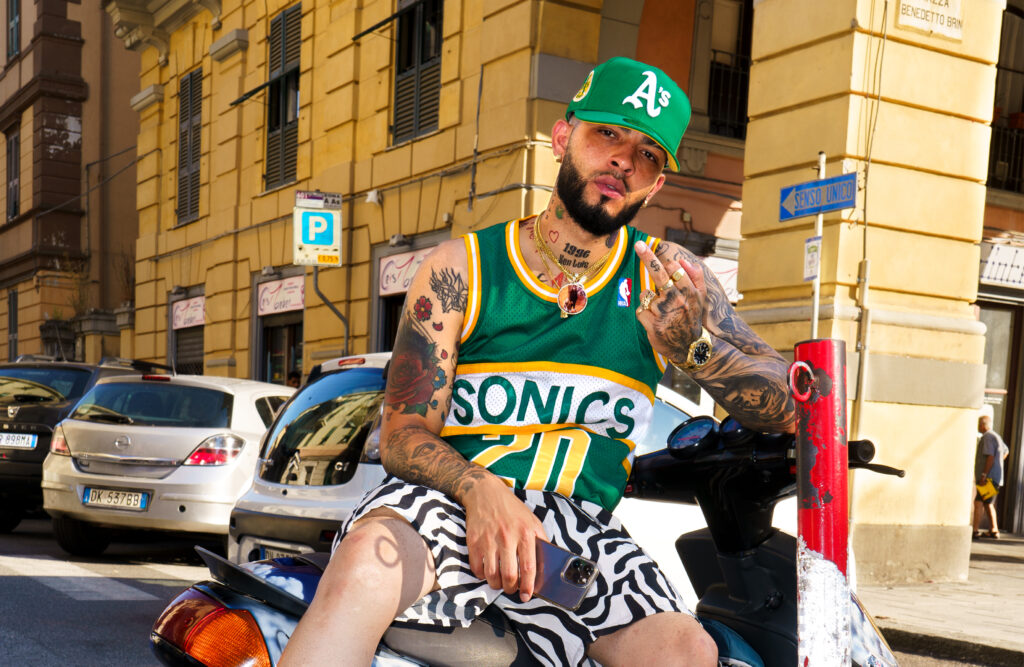The Biggest Rip-off in Indonesia Police History
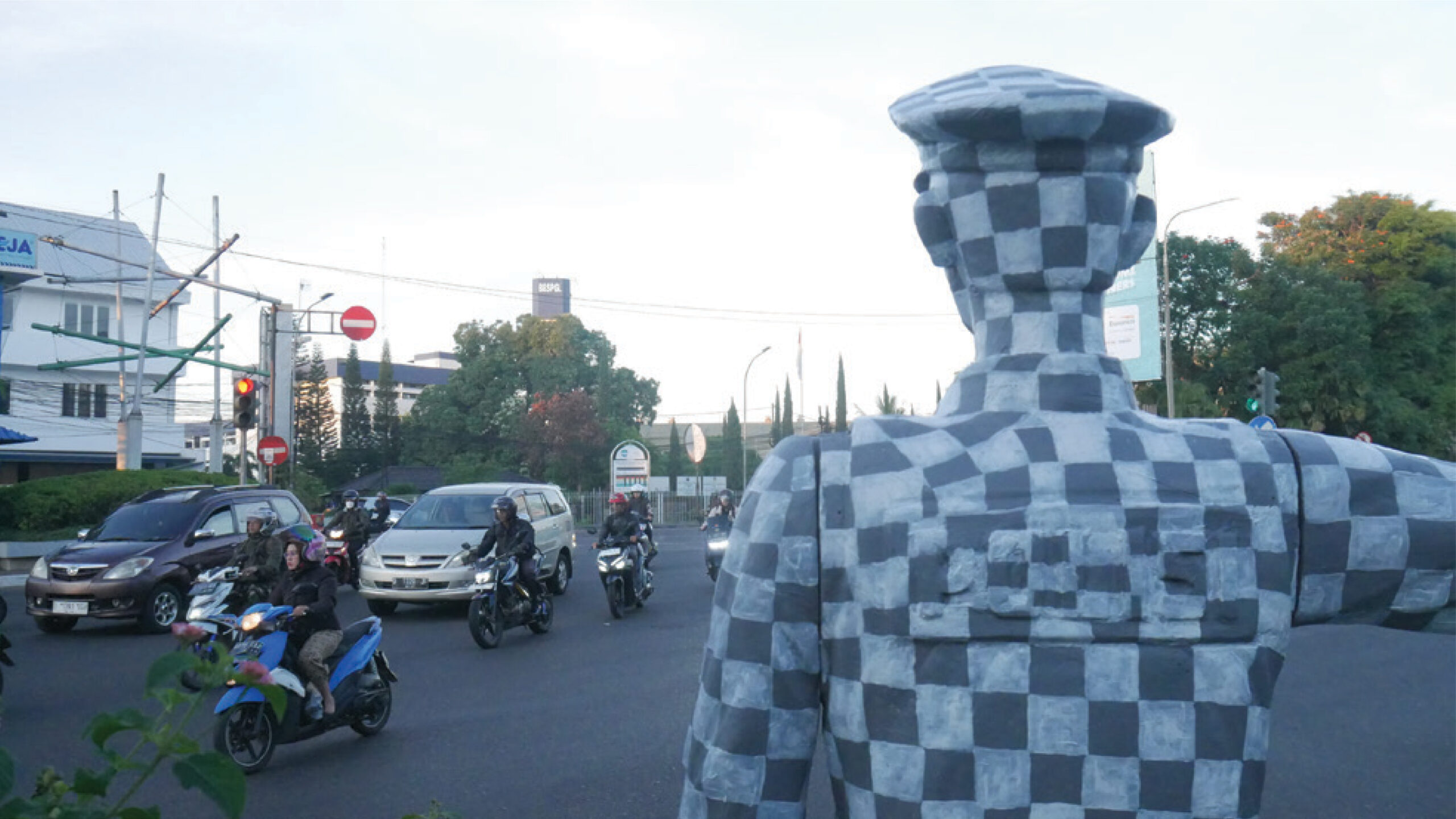
If there’s a phrase that has lost all weight in Indonesia, it’s “police reform.” For more than twenty years, that slogan has been recycled like a campaign jingle after every scandal, yet the scandals never end. Reports of extortion, violence, and abuse keep piling up, year after year, confirmed by Ombudsman and Komnas HAM statistics. Each time, the same refrain: it was just a rogue officer.
That word (oknum) works like a spell. It turns systemic decay into a personal misstep. It shrinks an entrenched culture of bribes, violence, and feudal patronage into the story of one unlucky scapegoat. Meanwhile, the institution survives untouched, reciting reform as ritual while practicing business as usual.
The idea of a pure, untouchable police force is as transparent and unreal as a digital template.
Amid this cycle, Studio Pancaroba proposed an unsettling question: what remains to be saved from the police? Their answer was stark, perhaps only a statue. A statue of a policeman who never sold protection, never struck down a citizen, never traded loyalty for cash. A figure that doesn’t exist in reality, only in imagination. And like any treasure of value, they imagined it had to be stolen before it disappeared entirely. In their vision of the future, the only good, uncorrupted thing left from the police would be this statue, an object more honest than the institution itself.
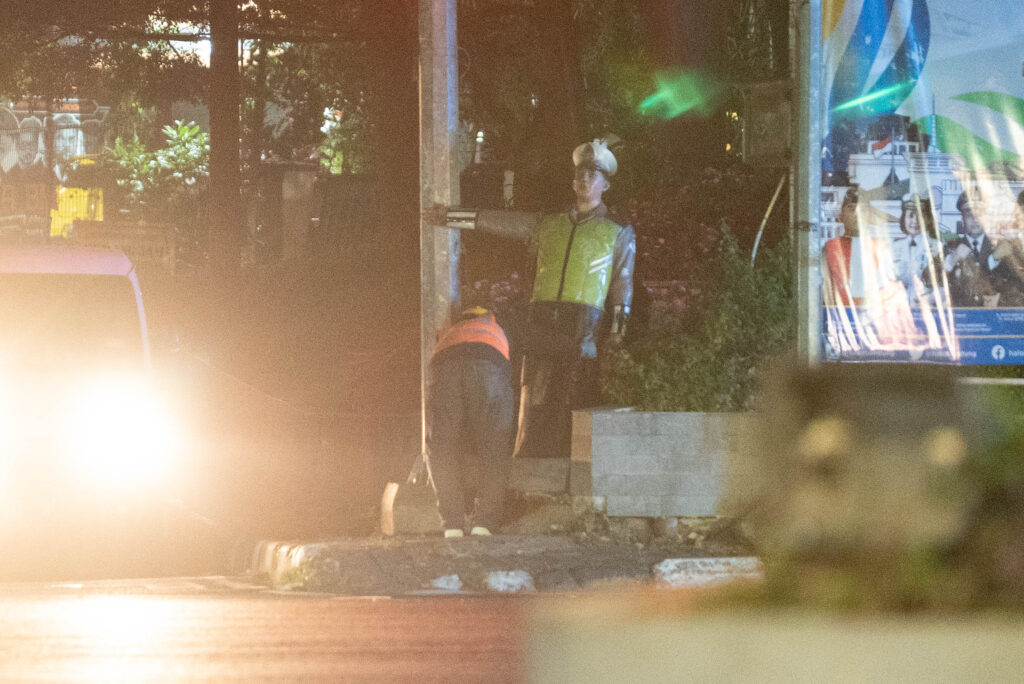
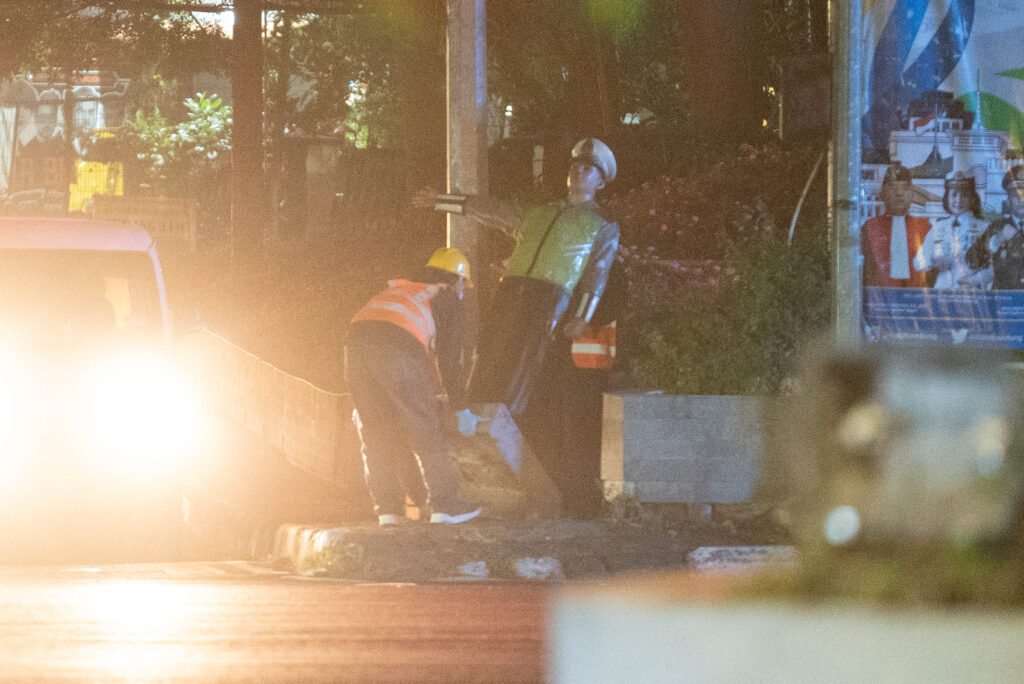
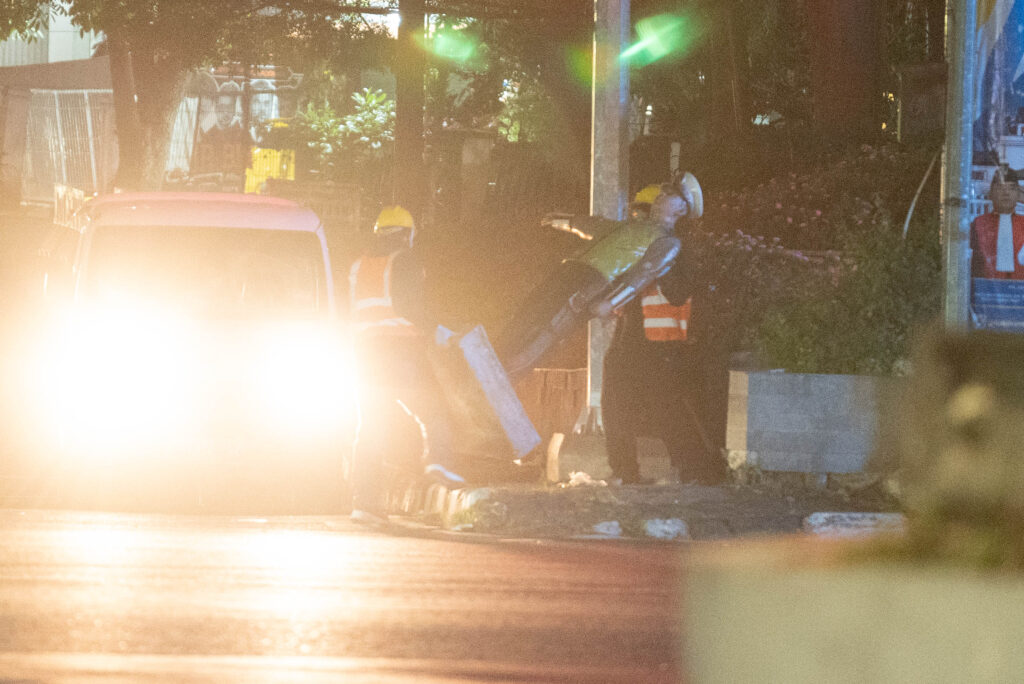
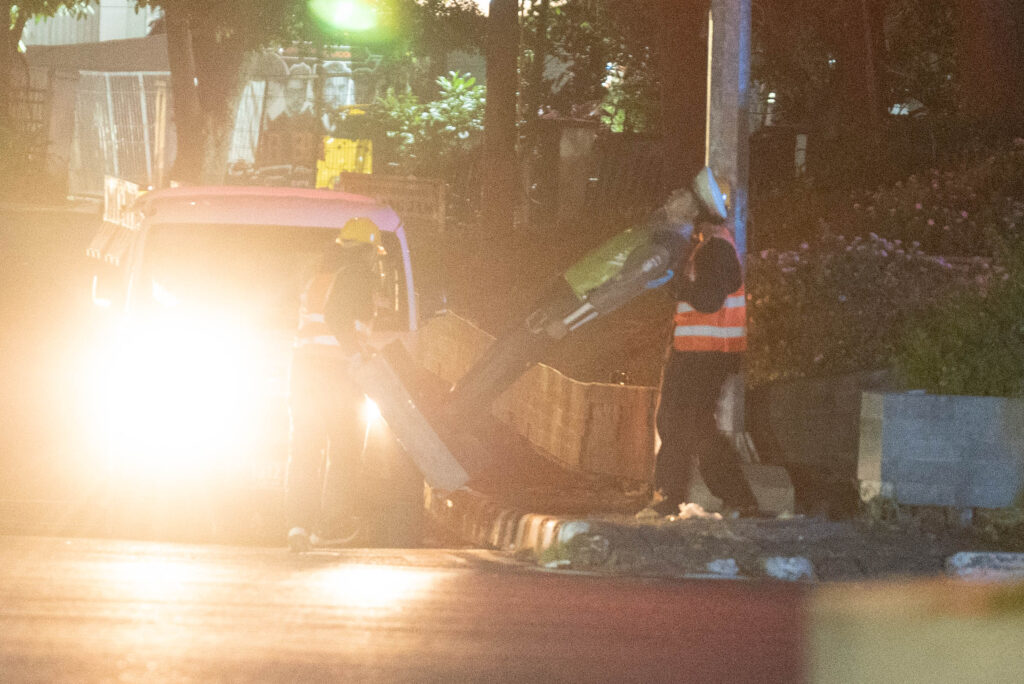
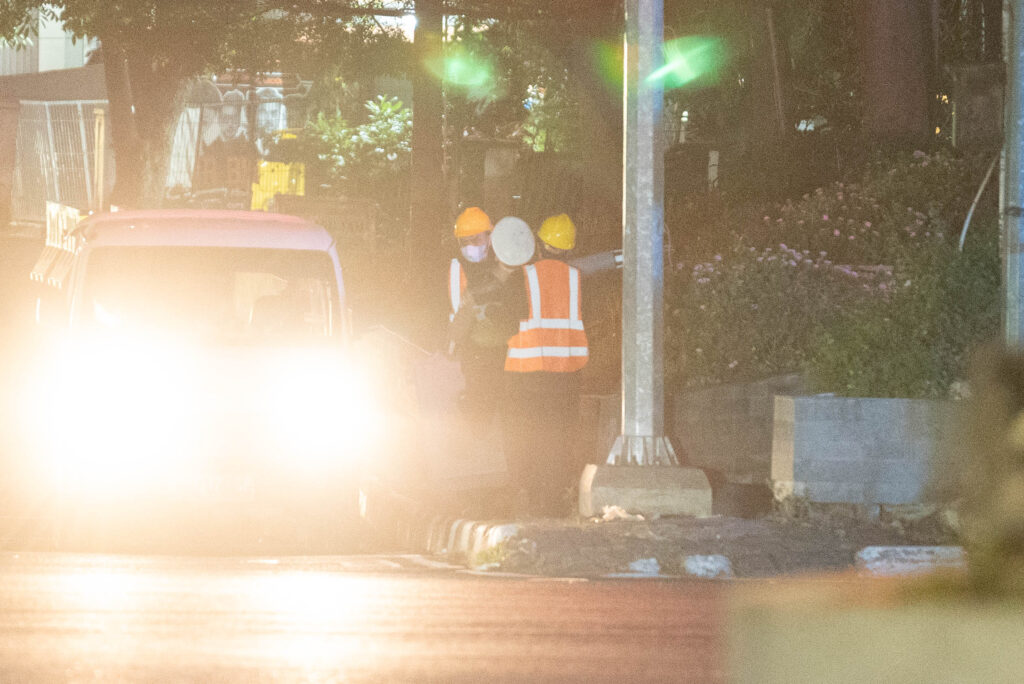
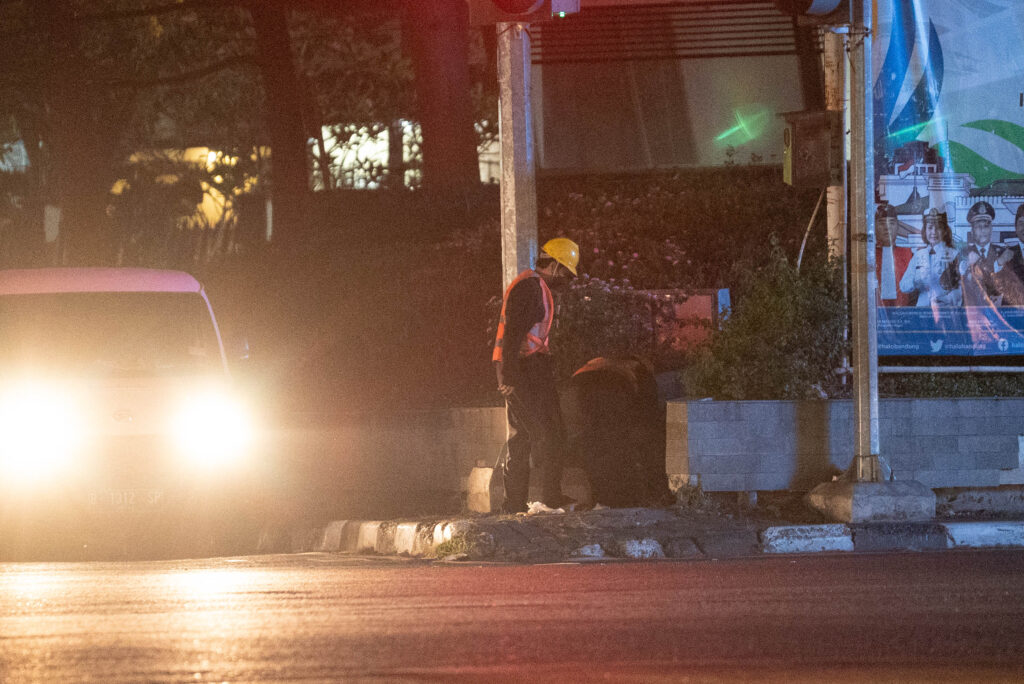
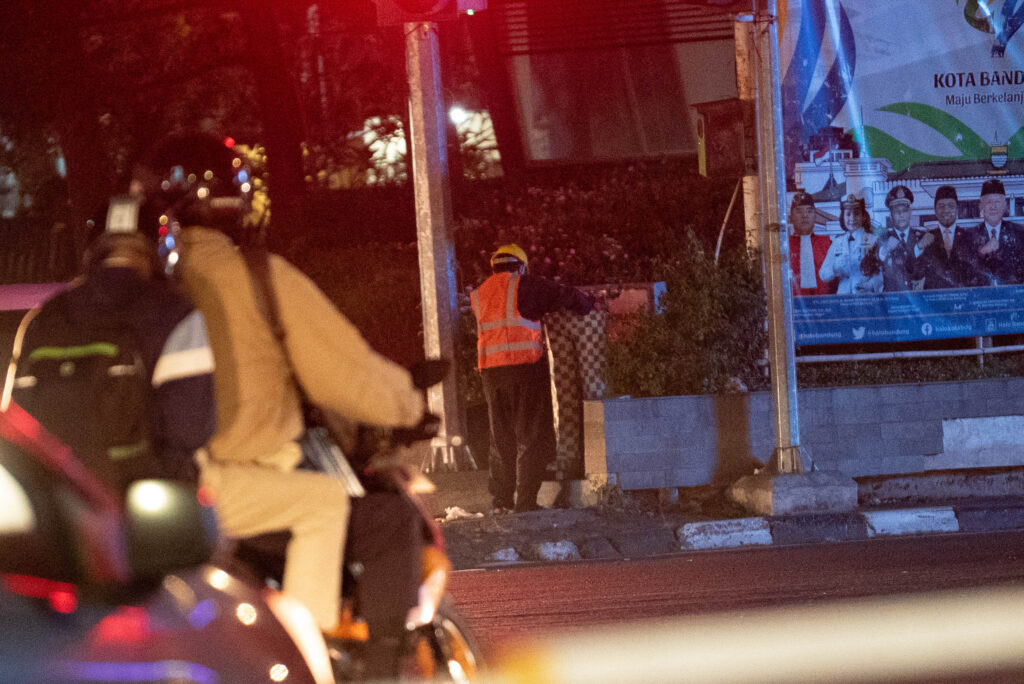
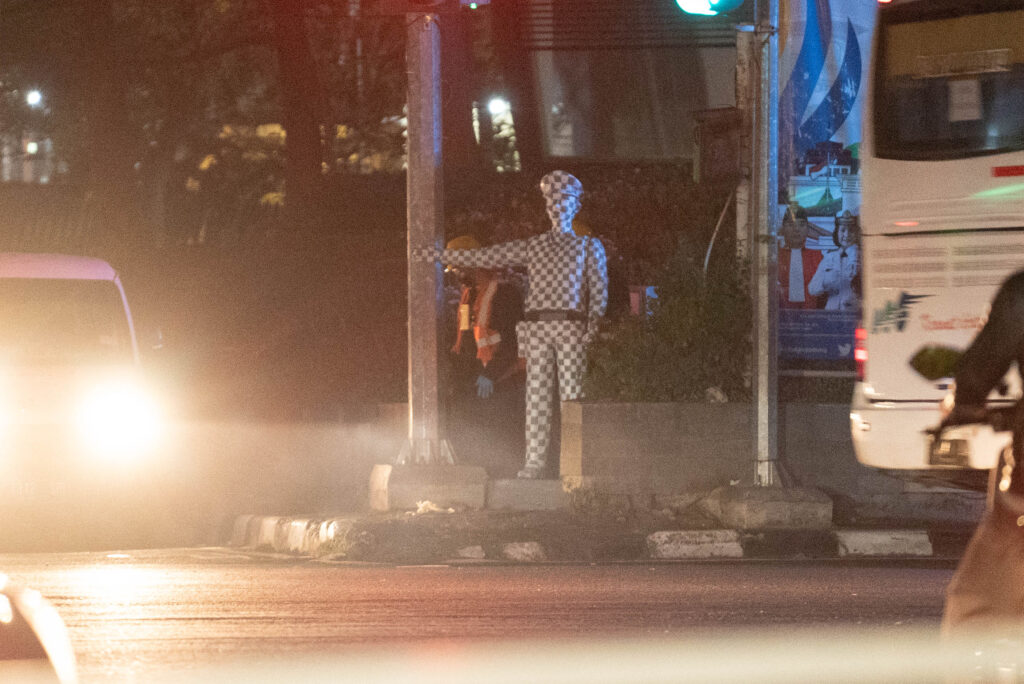
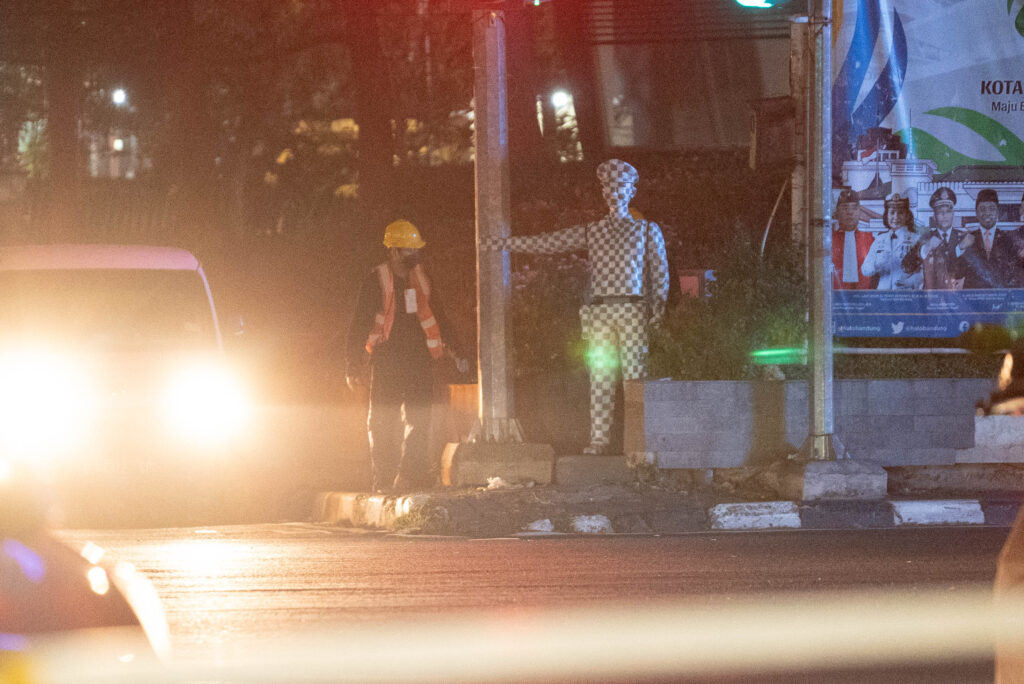
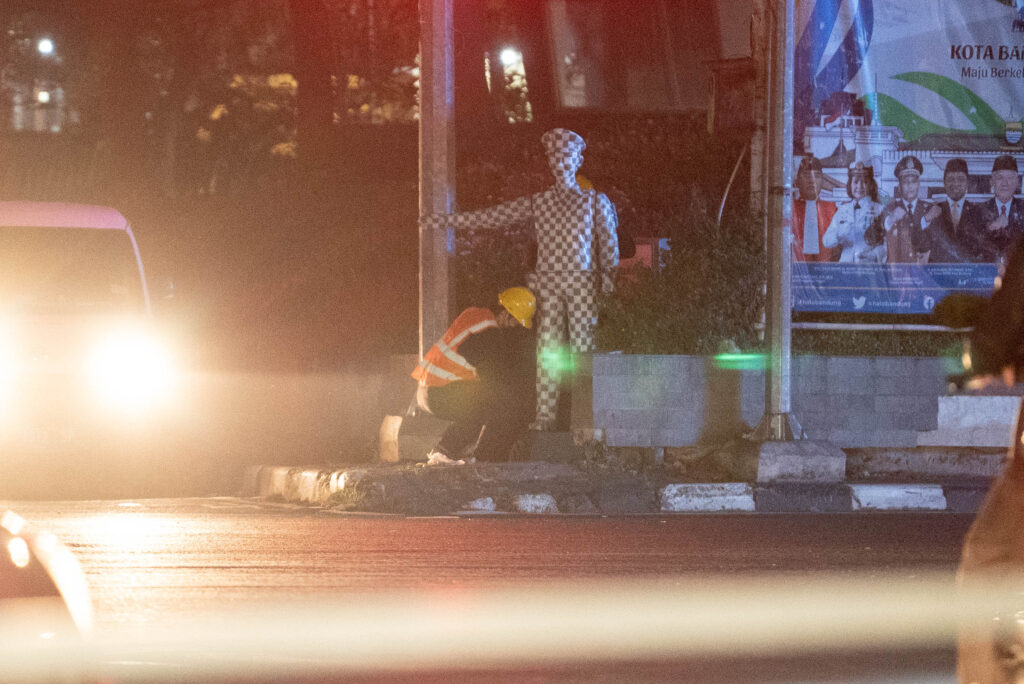
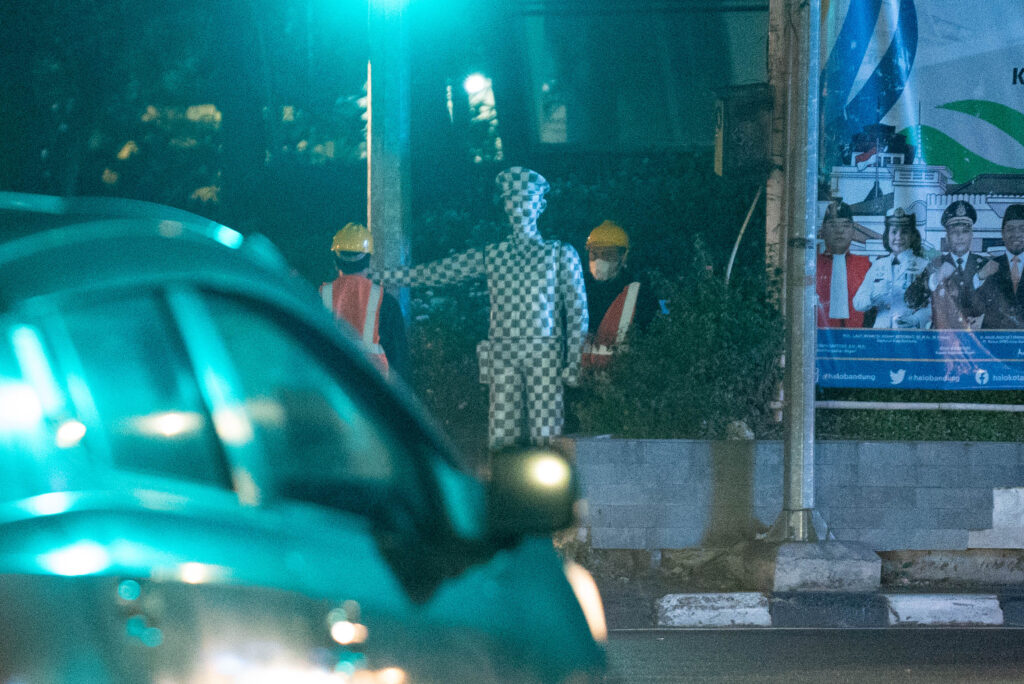
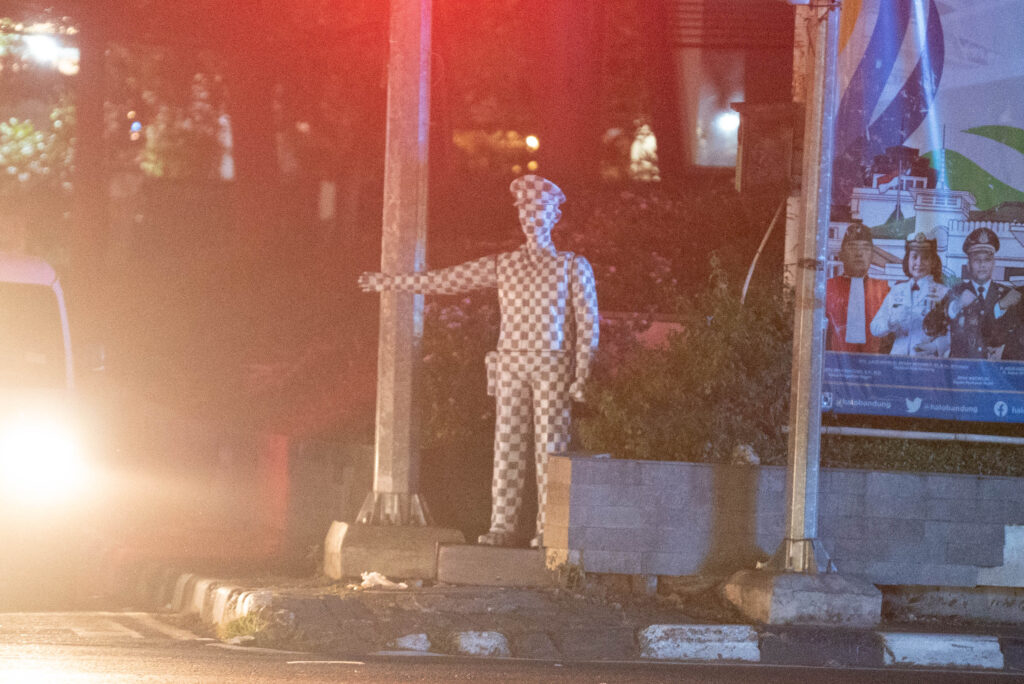
The theft was staged as thefts often are: quietly, efficiently, with precision. The original statue was “taken,” and in its place stood a duplicate. Same size, same pose, but its surface was rendered in the grey-white checkerboard pattern, the digital placeholder of a Photoshop cut-out. A monument with no background, no substance, no reality. In this substitution, Studio Pancaroba delivered its sharpest line: the idea of a pure, untouchable police force is as transparent and unreal as a digital template.
This “rip-off” was less about the physical act and more about transforming an object into a statement. By imagining the disappearance of the last honest policeman, Studio Pancaroba satirized not only the hollow promises of reform but also the hypocrisy of those who expect change without ever confronting corruption. Reform becomes theatre, and justice vanishes like the statue they have already declared missing.
